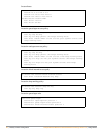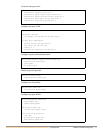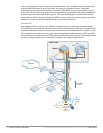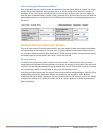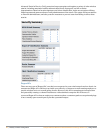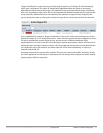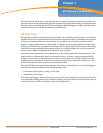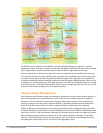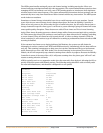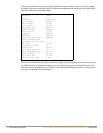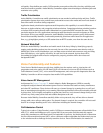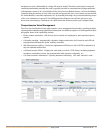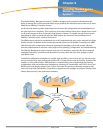
56 | RF Planning and Operation Campus Wireless Networks Validated Reference Design Version 3.3 | Design Guide
The RF Plan tool is available on the Mobility Controller, Mobility Management System™, and in a
standalone version. All of these versions use the same file format, allowing an RF plan to be developed
prior to deploying a controller, and then imported into the RF Live application for viewing.
Aruba recommends as a best practice that each customer completes a post-installation site survey to
verify that the delivered coverage matches what was predicted. Occasionally, there will be gaps in the
coverage or areas that do not meet the predicted signal strength. This is typically due to unexpected
construction materials, banks of metal file cabinets or other RF-opaque building features. However, this
is infrequent in a dense deployment. If RF gaps are found, a few APs can be adjusted before the cabling
team leaves the site, or the spare APs deployed. If there are no coverage gaps, the extra APs can be used
as spares for the future or deployed to cover additional areas.
Adaptive Radio Management
Selecting power and channel settings for hundreds or thousands of Access Points across a campus on
foot is not something that any administrator would look forward to without software or hardware
automation. The RF medium is continuously changing. While today channel 6 may be optimal for a
given area, tomorrow the best choice might be channel 1. Something as simple as new construction
could alter the RF characteristics of an area, requiring all APs in the local area to be adjusted.
ARM is an RF spectrum management technology that provides a stable, high performing, self healing
wireless LAN deployment that does not require Administrator intervention. ARM is a distributed system
that involves an AP or AM continuously scanning all of the legal channels within its regulatory domain,
and coordinating channel and power settings on all APs using the Mobility Controller. In the Aruba
VRD, for Campus Wireless networks, this processing occurs on the Master at the Management layer,
and settings are pushed back down to the Locals at the Aggregation layer.



